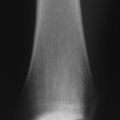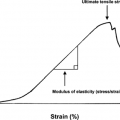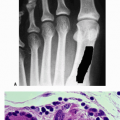Werner Syndrome
Kathryn Palomino
Werner syndrome is a rare hereditary systemic disease, also known as adult progeria. It is characterized by signs of premature aging (gray hair, skin changes, and cataracts) in patients after the onset of puberty. Atherosclerosis, diabetes, and neoplastic diseases are also associated with the syndrome. Life expectancy is around 50 years, with cardiovascular, atherosclerotic disease and cancers being the most common causes of death.
Etiology
Werner syndrome gene (WRN) is located on chromosome 8 (8p11-12).
WRN protein encodes DNA helicase and exonuclease activities and is involved in response to DNA damage.
Inheritance: autosomal recessive
Epidemiology
Prevalence: ranges from 1/22,000 to 1/106
More common in Japanese and Caucasian populations but has been described throughout the world
Frequency is higher in populations with consanguineous marriage.
Male:female equal
Age: diagnosis is usually not made until adulthood
Pathophysiology
Precise mechanism for the phenotype of Werner syndrome is unknown.
Defective DNA metabolism is involved, leading to altered bioavailability of growth factors.
RecQ helicase deficiency syndrome leads to heritable cancer predisposition (10% to 30% increased risk).
Numerous types of tumors are seen (Fig. 7.6-1).
Stay updated, free articles. Join our Telegram channel

Full access? Get Clinical Tree






